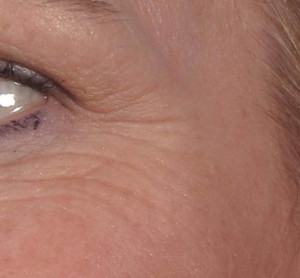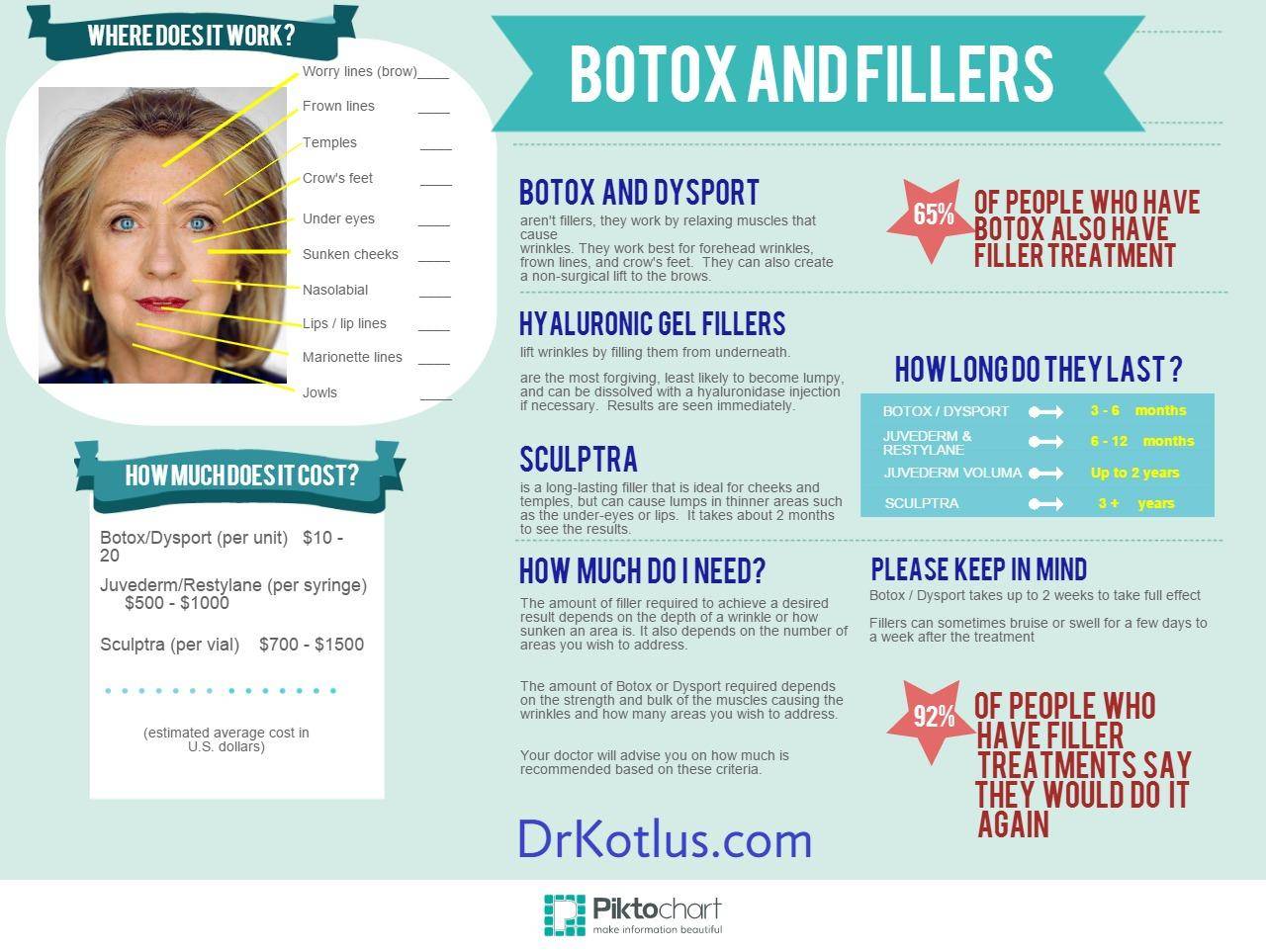Posts
How do you put ointment in your eyes after surgery ?
in Eye lift, Video/by drkotlusPutting ointment in your eyes
It sounds tricky but there is an easy way to apply ointment in your eyes after surgery. After a lower eyelid lift (blepharoplasty) when the incision is created behind your eyelid or the transconjunctival approach, Dr. Kotlus prescribes an ointment containing antibiotics or a combination of antibiotics with steroids. These ointments are safe for contact with the surface of the eye.
The tube
The ointment tube will read “ophthalmic use” and it should not be confused with other medications in your house, and special care should be taken to keep it separate from any tubes of super glue!
Using the tube
The tip of the tube should not touch your skin or the surface of the eye. In a mirror, use your index finger on one hand to gently pull downward on your lower eyelid. With the tip of the tube near the edge of the eyelid, very carefully squeeze and allow a thin strip of ointment to reach the eyelid; approximately 1/4 inch long.
If the ointment is on the eyelid margin or very close to it, you can then blink several times and it will work its way over the surface of the eye including the incision area.
It is common to use this ointment after cosmetic lower blepharoplasty. In his Manhattan and Westchester offices in NY, Dr. Kotlus routinely uses the transconjunctival approach to the lower eyelid fat pads.
The video above shows exactly how the ointment can be applied.
What is the difference between Botox and Fillers ?
in Botox and fillers, Infographics, Wrinkles/by drkotlusBotox or fillers ?
“Do I need Botox and fillers?”
I’m asked this question almost every day in any of my New York offices (not to imply that wrinkles only happen to New Yorkers, it’s just where I practice).
The answer depends on where you have wrinkles or loss of fullness.
Sometimes the answer is both Botox and filler
Botox works best around the eyes- the frown lines between the eyebrows, the crow’s feet, and the forehead. Botox (and Dysport) relax the muscles that cause these expression lines.
In the hands of a Botox expert, Botox can gently lift the eyebrows, improve lines around the mouth, and lift the corners of the mouth.
Fillers are best for deeper creases, nasolabial creases (from the side of the nose to the mouth), lines that are not from expressions, and sunken areas (under eyes, cheeks, lips, temples).
“Will I have to do it again?”
Yes, if you want to keep looking younger . This infographic I made describes some of the differences and applications of Botox and fillers including the very popular Juvederm Voluma, Sculptra, and Restylane. Most of my patients who enjoy the benefits of injectable treatments undergo Botox approximately 3 times per year and fillers once or twice a year.
Amazing facts about eyelids
in Eye lift, News/by drkotlusPeople like to send me unusual medical links.
As a fellowship-trained cosmetic and oculofacial surgeon, I routinely receive articles and YouTube links from patients, friends, colleagues, and family members that would fall under the heading of strange and unusual medical stories. The stranger the subject, the more eager they seem to share their intrigue.
The eyelids are unique parts of your body.
I collected several facts and links about the eyelids, which are one of several focal points of my cosmetic surgery practice. Did you know the eyelids have the thinnest skin in the entire body? Did you know that you can get a tattoo on the surface of your eyelids? I edited these links into a video of 5 facts which I find astounding- the way that people push their physical limits in this montage speaks for itself…
How to get rid of crow’s feet
in Botox and fillers, Wrinkles/by drkotlusCrow’s feet arise from repeated expression
“Crow’s feet” are the creases that radiate outward from the outer corners of your eyes when you smile or squint. They begin to show up for most people in the mid 30’s to early 40’s. They are thought to convey sincerity when you smile (see this video about the SQUINCH by photographer Peter Hurley). The crow’s lines can make you look more photogenic, but if you have too many or they are too deep, they make you look older.

“Crow’s Feet”
How do I get rid of them?
STEP 1 – PREVENTION
Use a broad-spectrum sunscreen of at least SPF 30 and preferably a mechanical blocking agent like zinc oxide. Even while you are driving, your face is exposed to damaging UV radiation that causes aging signs and wrinkles. Other ways to prevent these lines from forming or worsening, use scientifically-proven topical creams like a prescription-strength retinol and a vitamin C (L-ascorbic acid). I don’t recommend that you stop smiling in order to prevent smile lines. You may look younger, but you will lead a less happy life!
STEP 2 – TARGETED MUSCLE RELAXATION
Botulinum toxin type A (Botox, Dysport, Xeomin) are liquid protein injections that selectively relax the muscles that create the crow’s lines. An expert injector can do wonders by placing small amounts of Botox in just the right places. Botox done well looks natural and gives your eyes a younger glow.
STEP 3 – SKIN RESURFACING
Lasers (fractional CO2 and erbium) and chemical peels (glycolic, TCA, phenol) will remove the outer skin layers leaving space for newer, smoother skin to take over. In the case of crow’s feet, if you continue to crease with repeated expressions, the lines will eventually return. A combination of resurfacing with Botox as maintenance will provide the longest-lasting results.
What about fillers like Juvederm or Restylane?
Fillers have a limited role in treating crow’s lines but can be helpful in smoothing very deep, fixed creases. Dermal fillers can also stiffen and plump the skin to limit the amount of folding and creasing that occurs when you squint.
What about eye lift surgery?
A lower or upper eyelid lift may somewhat reduce crow’s feet but is not a good choice if your primary target is expression lines. Surgery is better for heavy upper eyelid skin or lower eyelid bags.
How Botox became #1 in popularity
in Botox and fillers, Infographics/by drkotlusBotox, also known as botulinum toxin type A, is a purified protein that stops the transmission of nerve signals to muscles. In other words, it relaxes muscles. It was discovered based on the muscle weakening effects of the proteins produced by a bacteria named clostridium botulinum, named after the sausages that used to harbor the microorganisms. Current commercial forms of botulinum toxin are highly purified and delivered in small, safe amounts. As a medical therapy, it has come a long way from its original use in alleviating crossed eyes caused by overactive extraocular muscles. Now it is used for a wide array of conditions including migraines, neck spasm, overactive bladder, and excessive underarm sweating.
But its claim to fame will always be its amazing anti-wrinkle properties. It is the #1 treatment to date for glabellar wrinkles (the “11” lines between your eyebrows) and for crow’s lines (the smile wrinkles that radiate from the outer corners of your eyelids). After a treatment, the results typically last for about 3-6 months. It is expected that the global market for Botox will reach $2.9 billion by 2018!
Why is Botox so popular?
1. It works. It reduces or eliminates frown lines and crow’s feet and lifts the eyebrows. It can work almost as well as surgery for some people. And it prevents future deep wrinkles.
2. It is a no-downtime procedure. Botox can be done during your lunch break and when you return to work no one will know you had something done.
3. It is safe. Its safety has been proven over many years. Over 5 million Botox treatments were performed in 2013 alone, and its safety record is better than that of aspirin.
As a cosmetic eyelid and facial surgery specialist I have performed many hundreds of Botox treatments and it remains one of the most requested procedures in my office. As this infographic details, it is the most popular cosmetic procedure in the world!
Interesting links
Here are some interesting links for you! Enjoy your stay :)Pages
- 5 Steps to Looking Younger
- About
- After Botox/Dysport: “Spock Brow”/Over-arched Brow
- Asian Double Eyelid Lift Surgery in NYC
- Asymmetric Eyelids
- Before and After Portfolio
- Before/After Cosmetic Oculoplastic Surgery
- Blepharoplasty in NYC with an oculoplastic surgeon
- Books
- Botox and Dysport in NYC with an oculoplastic surgeon
- Botox/Dysport/Xeomin
- Brow Lift
- Brow lifts
- Brow Ptosis
- Cannula Tear Trough Under-Eye Filler best for Eye Bags NYC
- Canthopexy and Canthoplasty
- Cheek Redefining
- Chemosis
- consent- biopsy
- consent- blepharoplasty
- consent- brow lift
- consent- chalazion
- consent- cosmetic injection
- consent- double eyelid
- consent- eyelid ptosis
- consent- facelift
- consent- facial implant
- consent- filler dissolving enzyme
- consent- laser or chemical skin peel
- consent- liposuction
- consent- pronox
- consent- revision surgery
- consent- sculptra
- consent- surgery chaperone
- consent- thread lift
- Contact
- Cosmetic Eyelid Surgery Guide
- COVID-19 Measures
- Crow’s Feet
- Dark Circles and Eye Bags
- Double Eyelid Surgery Guide
- Dr. Kotlus Blog
- Droopy Eyelid Ptosis Surgery
- Eye Bags and Dark Circles Treatments
- Eyebrows
- Eyelid Conditions
- Eyelid Procedure Affects
- Eyelid Ptosis Repair
- Eyelid Retraction
- Eyelid Revision Surgery
- Eyelid Skin Fat Deposits
- Eyelid Veins
- Facials
- Fat Transfer, Fat Grafting
- Festoons
- Festoons and Malar Bags
- Glabellar Furrows
- Hollow Under-Eyes
- Home: Dr. Kotlus NYC Oculoplastic Surgeon | Blepharoplasty | Eye fillers
- Lacrimal Gland Prolapse
- Lateral Canthal Blunting
- Lateral Canthal Rounding
- Lectures and Presentations
- Lid Ptosis
- Lip Enhancement
- Liposuction
- Loose Lower Eyelid Skin
- Loss of Eyelid Skin Pigment
- Lower Blepharoplasty (Lower Eyelid Lift)
- Lower Eyelid Bags
- Lower Eyelid Conditions
- Lower Eyelid Fat Pad Reduction/Repositioning
- Lower Eyelid Skin Pinch
- Lower Eyelid Skin Resurfacing
- Lumps/Irregularities
- Necklift and Facelift NYC
- Nose
- Orbicularis Oculi Muscle Tightening
- Other Eyelid Concerns
- Patient Forms
- Patient Reviews
- Pause and Reverse: How to Look Younger Than Your Age With or Without Cosmetic Surgery
- PDO Thread Lift NYC
- Privacy Policy
- Procedures
- Research and Publications
- Residual Fat After Blepharoplasty
- Soof Lift
- Superior Sulcus
- Tame Your Eye Bags and Dark Circles
- Thank you for requesting your NY Thread Lift Consultation
- Transverse Brow Furrows
- Treatment of Chemosis
- Treatment: Lacrimal Gland Suspension (Sagging Tear Gland)
- Treatment: Botox “Spock Brow”
- Treatment: Eyelid Droop After Botulinum Toxin (Botox, Dysport, Xeomin)
- Treatment: Eyelids
- Treatment: Fat Pouches After Eyelid Lift
- Treatment: Festoons
- Treatment: Lower Eyelid Retraction
- Treatment: Lumps After Fillers
- Treatment: Superior Sulcus (Upper Eyelid Hollowing)
- Treatment: Tyndall Effect
- Treatments: Brow
- Treatments: Brow and Forehead Wrinkles
- Treatments: Crow’s Feet
- Treatments: Hollow Lower Eyelid/Tear Trough
- Treatments: Lower Eyelids
- Treatments: Under-Eye Dark Circles
- Treatments: Upper Eyelid
- Tyndall Effect: Blue Discoloration After Hyaluronic Filler
- Under-Eye Dark Circles
- Upper Blepharoplasty (Upper Eyelid Lift)
- Upper Dermatochalasis
- Upper East Side Manhattan Location | NYC Cosmetic Eyelid Plastic Surgeon
- Upper Eyelid Conditions
- Upper Eyelid Lift NYC
- Upper Eyelid Treatments
- Upper Steatoblepharon
- Wrinkle Treatment Fillers | Botox | Laser | Microneedling NY
- Younger Podcast: Expert Advice on How to Look Younger and Live Longer
- 雙眼皮手術頁

